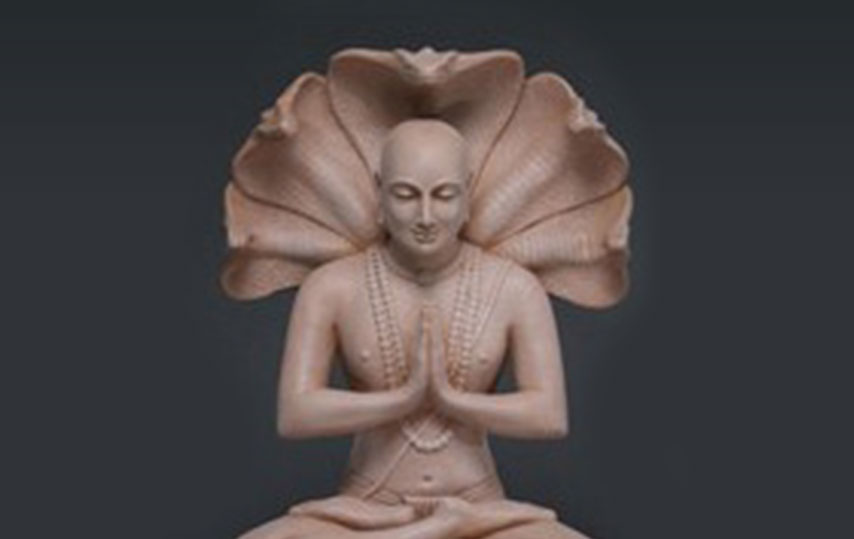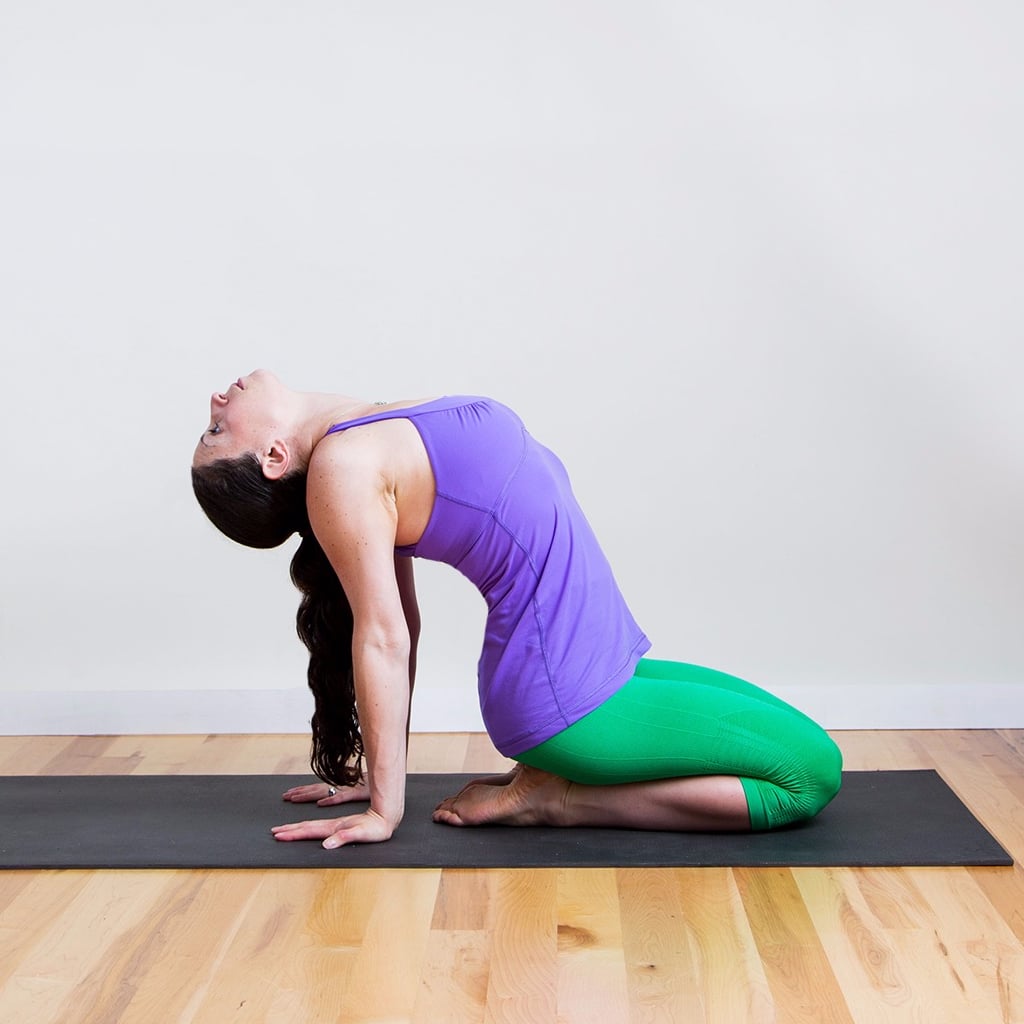
Tantra yoga is an intimatable practice. Individuals and couples can practice Tantra yoga together to build a deeper connection. It is a great way of bringing more energy and passion into your relationships. This ancient practice incorporates mantra, asana, mudra, and bandha to promote deep, lasting intimacy.
White tantra
White tantrayoga is a meditation practice. It is a long-term practice that involves sitting for long periods of meditation. These sessions can be physically demanding so it is important to prepare well before the session begins. This is why practitioners often practice yoga asanas to prepare themselves for these meditative sessions.
White tantrayoga is a powerful meditation technique that allows success and prosperity in the subconscious to flow easily. It is one of oldest forms of yoga, and a proven method of spiritual growth. It removes subconscious blocks that prevent one from reaching their highest potential. This practice was developed by Yogi Bhajan in India when he was just 16 years old. He arrived in the West in 1968, and was subsequently named Mahan Tantric in 1970.

Combination of asana, mantra, mudra, and bandha
Asana describes the physical postures of your body. Mudra on the other side specifies the hand shapes. Hands contain thousands of nerve endings and meridians, so the way you hold them can have a profound effect on your consciousness. The right mudra is able to open up the energy channels, increasing prana flow, and can even increase it.
Bandhas are a way to release psychic knots that block the flow of energy through primary channels. Bandhas can be used alone or in conjunction with other exercises. To maximize energy expenditure, they are often done at the end or beginning of an exercise. Bandhas are essential in kundaliniyoga. If done properly, bandhas can enhance the flow and health of the life energy in the body.
Spiritual enlightenment
Tantra yoga, an embodied spiritual practice that focuses on spiritual freedom, is Tantra yoga. It offers practical methods for achieving liberation. Gavin Flood (Professor of Hindu Studies and Comparative Religion at Oxford University) says that the practice was started by people who wanted freedom from religious restrictions. These people believed this was necessary in order to connect with God.
Tantra can be a hypnotic practice that promises spiritual enlightenment. Many Tantra practitioners love the promise of this, but it is important to note some warnings. Tantric techniques can be extremely powerful but they can also cause harm if used improperly. Westerners often burn themselves if they use these techniques without first checking their readiness.

Benefits
Tantra yoga is a form of yoga that focuses on increasing your energy. It offers a greater release and more lasting pleasure. This type of yoga works for both men as well as women. It is usually slower than regular sex which means that it allows for more concentration as well as more energy. You can also achieve deeper intimacy with it. Tantra yoga is also good for removing negative energy and reducing back pain.
Tantra yoga will help you strengthen your muscles and improve flexibility. It can also increase your metabolism and help with bodily repair. It can improve your health, combat fatigue, and restore your youthful vitality. As you become more aware of yourself, you'll find it easier to have deeper relationships.
FAQ
What is the average time it takes to learn yoga?
As with any skill, you must train your brain to perform yoga correctly. But once you've learned basic positions, you'll be able to practice yoga at home without much trouble.
To start, complete about 20-30 minutes of warm-ups before beginning your class. Begin by warming up with simple stretches. You can then progress to more difficult poses.
Once you've learned the basics, intermediate classes are available where you'll be able to learn more advanced moves. For example, if yoga is something you're new to, you might start with the Tree (Vrksasana), or Mountain (Tadasana).
Yoga is good for people with chronic conditions.
Yoga can help those with diabetes and heart disease. It improves flexibility, stress reduction, and overall fitness.
Yoga also helps many other conditions, including arthritis, asthma, cancer, depression, fibromyalgia, high blood pressure, insomnia, obesity, osteoporosis, Parkinson's Disease, PTSD, Raynaud's Syndrome, rheumatoid arthritis, stroke, and spinal cord injury.
Yoga involves a lot of sweating.
It depends on the type of yoga that you practice. Vinyasa flow, or power yoga, involves a lot of twisting and turning movements. As a result, it's common for people to sweat heavily while practicing.
Hatha yoga, however, is focused on forwarding twists and bends. Since these poses aren’t strenuous, most practitioners won’t feel heavy sweating.
What length of time do yoga classes last for?
Yoga classes usually last anywhere from 45 minutes up to 90 minutes. Some teachers offer shorter sessions or longer sessions during the week.
Are 20 minutes of yoga a day enough?
Yoga should not be seen as just an exercise, but rather as a chance to discover yourself. It is a time to look at your life and reflect on how it has changed.
My friend, who had been practicing yoga for many, years, introduced me to the benefits of yoga. He told me that he did yoga for 20 minutes each morning, which helped him feel calmer throughout the rest of his day.
It made a huge difference in my overall health and well-being. Since then I have been practicing yoga on a regular basis and it has helped me to relax and stay focused when I work at my desk.
Finding what works for you is key, as well as setting realistic goals. Yoga does not have to be an exhausting activity.
Statistics
- A 2020 review of 27 studies (1,805 total participants) of yoga interventions in children or adolescents found reductions in anxiety or depression in 70 percent of the studies, with more promising results for anxiety. (nccih.nih.gov)
- According to calorie estimates calculated at Harvard Medical School, the average 125-pound person burns about 120 calories in a half hour of hatha yoga, and a 185-pound person burns about 178 calories in that half hour. (everydayhealth.com)
- According to the Agency for Healthcare Research and Quality, falls are incredibly common among older adults in nursing facilities. Even the simplest ones can increase the risk of death (24). (healthline.com)
- The people in the yoga group were 37 percent more likely to have quit smoking by the end of the 8-week program. (nccih.nih.gov)
- Start your Fall off right with 20% off All Access Membership when you sign up by 9/25! (corepoweryoga.com)
External Links
How To
What is the best position to practice yoga?
There's no right or wrong way to practice yoga. Each person has their style. The most important thing is to feel at ease in the positions you choose.
Here are some commonly used positions:
Standing poses - These are great for beginners as they allow you to view your body from many angles. It is also easier to focus on your breathing with these poses.
Forward bends- Forward bends can often be used to release tight areas. These can be done while you are sitting or lying down.
Backbends. Backbends generally are considered advanced poses. Instructors can help you decide if this is a pose you would like to try.
Inversions: Inversions are poses where you balance on your side. This type of yoga is challenging, but it can be rewarding.